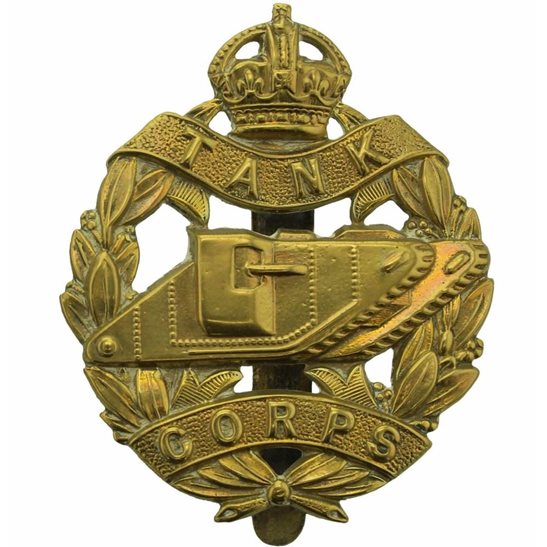Personal Details
Born: 27 March 1898 in Shrewsbury, Shropshire.
Family: He was the fourth of five children born to Thomas Woodvine, a foreman carter on the railway and his wife Anne. He married Florrie Crewe in 1923 in Whitchurch, Shropshire. The couple had a daughter, Marguerite, born in 1925 in Whitchurch. Sadly Florrie died in 1926. George married Florence M Evans in 1931 in Bromsgrove, Worcestershire. The couple had a daughter, Catherine P, born in 1943 in Abergavenny, Monmouthshire (possible).
Residence: In 1901 he, his parents and siblings were living at Canal Wharf House, 108 New Park Road, Shrewsbury. By 1911 the family had moved to 1 Railway Street, Crewe, Cheshire. An address of 26 Worthington Street, Whitchurch, Shropshire was given for him on the 1919 Absent Voters` List, this was the home of his mother, Anne. In 1939 he was living with his wife Florence at Brynderwen Cottage, Abergavenny, Monmouthshire.
Employment: In 1939 he was a chauffeur mechanic.
Died: 1972 in Caerleon, Monmouthshire.
Military Details
Regiment: Tank Corps
Rank: Private
Service Number: 201602
Date of Enlistment: Not known
Date of Discharge: Not known
Reason for Discharge: Not known
Other Information: George`s brothers, William and Thomas also served in WW1
George was awarded the Campaign Medals (British War Medal and Victory Medal)

The British War Medal (also known as 'Squeak') was a silver or bronze medal awarded to officers and men of the British and Imperial Forces who either entered a theatre of war or entered service overseas between 5th August 1914 and 11th November 1918 inclusive. This was later extended to services in Russia, Siberia and some other areas in 1919 and 1920. Approximately 6.5 million British War Medals were issued. Approximately 6.4 million of these were the silver versions of this medal. Around 110,000 of a bronze version were issued mainly to Chinese, Maltese and Indian Labour Corps. The front (obv or obverse) of the medal depicts the head of George V. The recipient's service number, rank, name and unit was impressed on the rim.
The Allied Victory Medal (also known as 'Wilfred') was issued by each of the allies. It was decided that each of the allies should each issue their own bronze victory medal with a similar design, similar equivalent wording and identical ribbon. The British medal was designed by W. McMillan. The front depicts a winged classical figure representing victory. Approximately 5.7 million victory medals were issued. Interestingly, eligibility for this medal was more restrictive and not everyone who received the British War Medal ('Squeak') also received the Victory Medal ('Wilfred'). However, in general, all recipients of 'Wilfred' also received 'Squeak' and all recipients of The 1914 Star or The 1914/1915 Star (also known as 'Pip') also received both 'Squeak' and 'Wilfred'. The recipient's service number, rank, name and unit was impressed on the rim.

